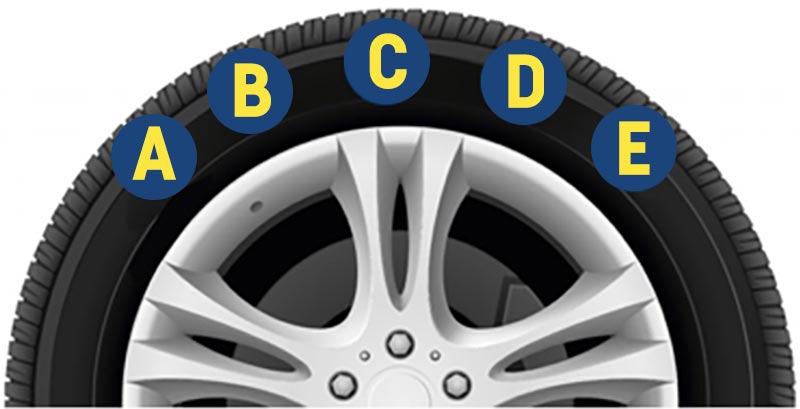Winter Driving
Winter driving can be challenging and unpredictable. The best way to stay safe on the roads in winter is to be prepared and fit winter tyres to your vehicle.
Most cars are fitted with summer tyres or all-season tyres but when the temperatures drop and the snow and ice appear you might need winter tyres to give you extra grip.
Winter tyres use a softer rubber compound and generally have deeper tread grooves and tread blocks covered with surface sipes. The sipes offer improves grip on wet and ice-covered surfaces and the deep tread grooves help to disperse surface water and gather a snowy ‘in-fill’ to help grip on loose snow.

Tips For Safe Winter Driving
- Be prepared and carry a survival pack in your car, including food, water, a blanket and warm clothes. Also keep a shovel in your boot, just in case
- Keep your phone fully charged and carry an in-car charger
- Fit winter tyres, or if you don’t, have your summer tyres checked before winter descends
- Check your battery – in cold weather batteries are under extra pressure and are more likely to fail
- Keep your windscreen washer fluid topped-up as your windscreen will get dirtier in the winter
- Check your coolant – antifreeze protects your engine against low temperatures
- Adjust your driving style to the conditions and reduce your speed. Use higher gears, be very gentle with the clutch and throttle and break and steer carefully – as soon as you’re skidding you’ve lost control
- If conditions are bad you should consider whether your journey is really necessary and if in doubt don’t travel

